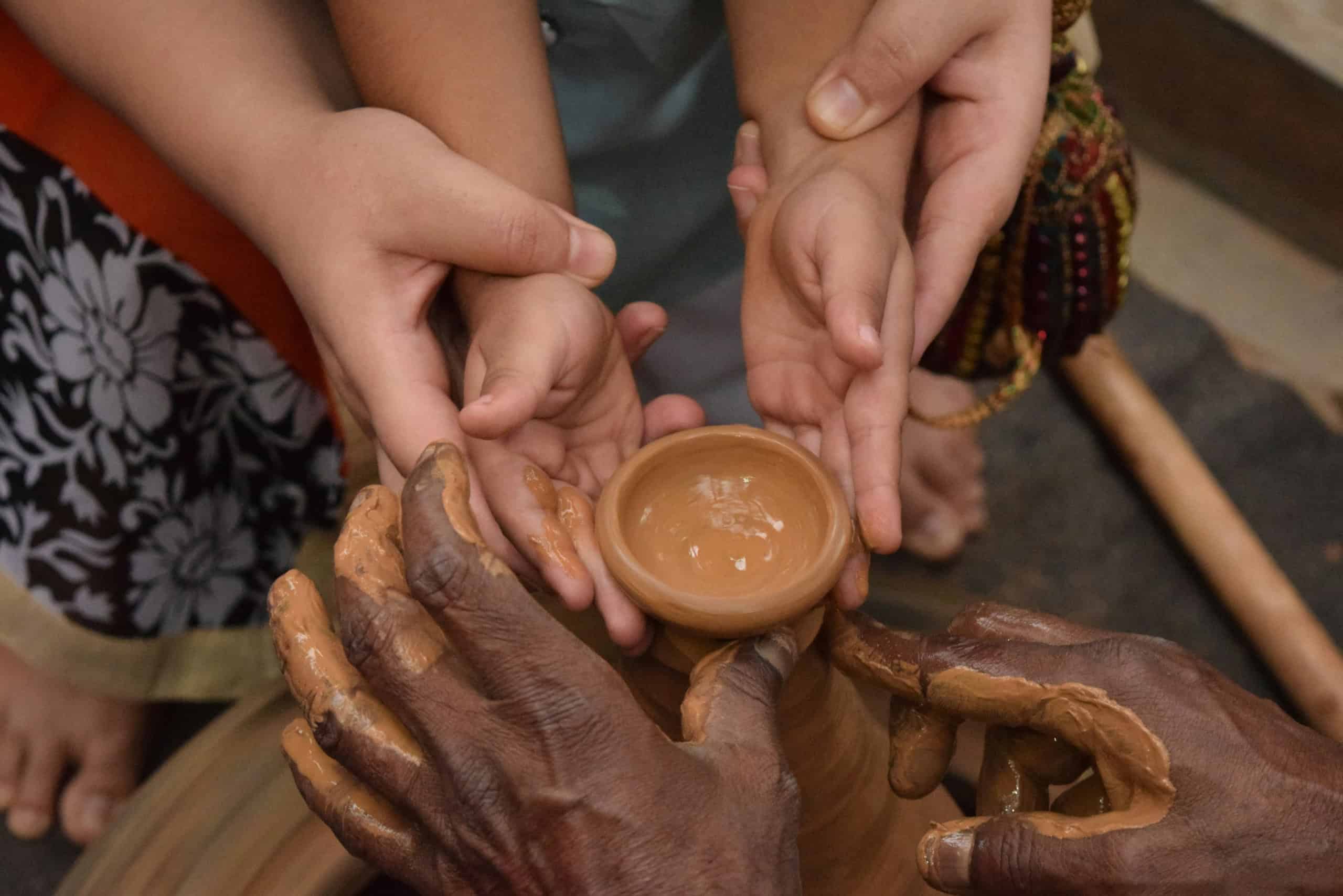If You Want to Learn Something, Teach It to Others
As I sit down to write this week’s post, I’m fresh off a couple of great experiences that I’m still processing.
Organising my thoughts to share here every seven days has helped me in more ways than I’ll ever realize, so if any readers also get something out of these posts that’s icing on the cake.
The first experience occurred last weekend, when I facilitated yet another family meeting with a client family, where we made progress for sure, but not in a straight line, and not without some emotions bubbling over.
The second was this week when I attended the final module of the most recent cohort of the FEA Program in Toronto, where all the teams shared their experiences and learnings from the family project they’d recently completed, including one by the team I’d been advising.
You Don’t Learn to Swim by Reading a Book
Let’s address the first part of my title, about learning by doing.
The kind of work I specialize in is guiding families on their journey as they prepare to eventually transition their business or wealth to the next generation.
There are many technical and structural aspects to such work, all of which I recognize as important, but none of which I personally take care of.
Thankfully, the ecosystem of such professionals is finally learning to appreciate the value of those, like me, who have the knowledge and skills necessary to work with the human beings in these families, concentrating on the relationship and emotional aspects of this work.
These skills are learned by doing, usually first in training in areas like coaching, facilitation and mediation, and then honed in real life work, with real life people and their real life family realities.
You can’t learn to swim by reading books about swimming.
Doing, Teaching, Advising, Guiding
As occurs quite often in my blogs, a random combination of experiences in short order offers me a fresh perspective on things.
First there was an emotional outburst in a family I’m working with, then a presentation by people I’ve been working with in an advisory capacity, sharing a recent similar experience they had.
These experiences then coalesce in my head, and I process it all by writing this post.
Here’s a few notes I jotted down as I listened attentively to the team sharing their experience with the rest of their cohort:
- When things get loud and then all of a sudden they get quiet, that’s OK.
- Reframing by saying “I think you’re trying to say….” can work wonders when trying to help a family process their different views.
- Being able to air difficult subjects is a strength of some families we work with.
- Eruptions in a meeting are a sign that we’re doing good, important work
Sharing Is Caring, And Advancing the Cause
Whenever I work with a project team (I just started with my seventh) I always tell them that the final module, called “KIA”, for Knowledge Integration and Application, is the highlight of the program.
I’ve succeeded in inviting myself to parts of this module a few times and get so much out of it myself.
Participants sharing their experience and learnings, garnered from several months of working together as a multi-disciplinary team, with a real life family, is always enriching.
They’ve just learned by doing, and are all sharing that experience with others, who all just learned by doing as well.
Advising such teams on that journey is fun for me, and I learn so much from that experience.
And then I learn more again as I write about it, which also helps (I think) advance the entire cause.
Everybody into the Pool
I hinted at the swimming analogy above, which I often use when I talk about efforts to learn Bowen Family Systems Theory, so let’s jump back into the pool to wrap this up.
FEA Program participants are assembled into a team after having learned many concepts about family enterprises, what makes them tick, and the challenges they face.
They’re then forced to jump into the pool with a family, and they learn to swim by swimming.
The program provides structure and methodology, making sure the water isn’t too deep, and I guess as a project team advisor, I play the role of the lifeguard.
There’s no better way for all of us to learn together.






















